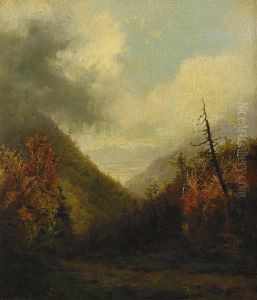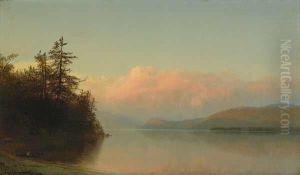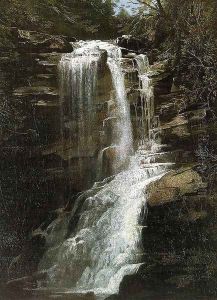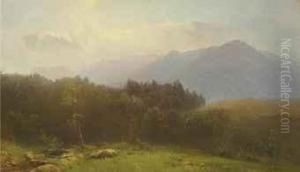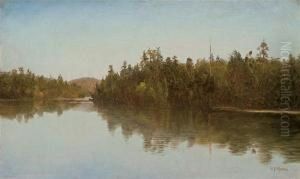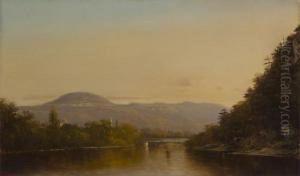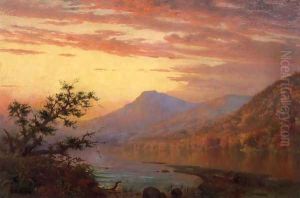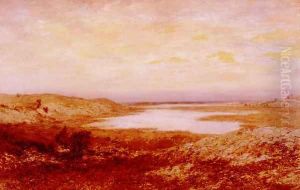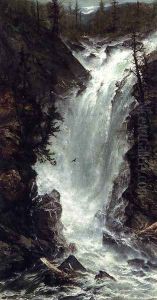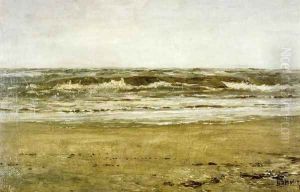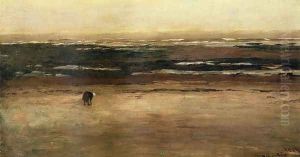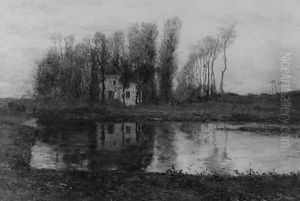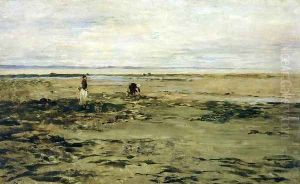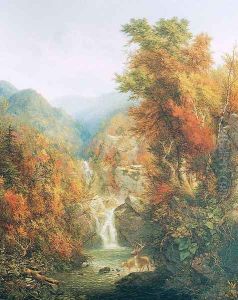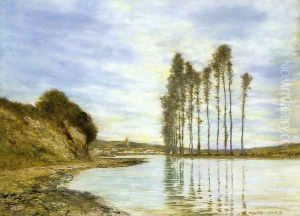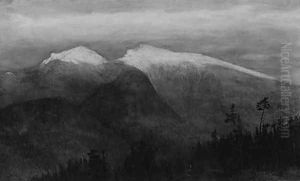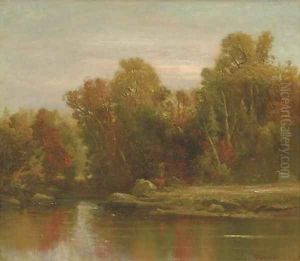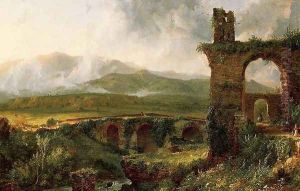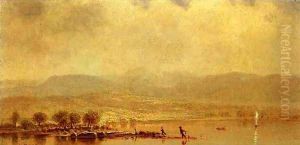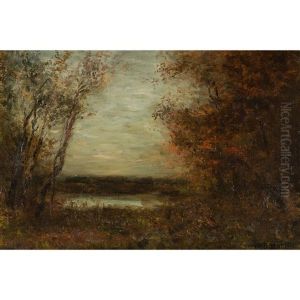Homer Dodge Martin Paintings
Homer Dodge Martin was an American artist, particularly known for his landscape paintings. Born on October 28, 1836, in Albany, New York, he started his career as an artist at a young age. Martin did not receive formal art education but was mentored by William Hart, a prominent member of the Hudson River School, which significantly influenced his early works. His early paintings are characterized by detailed representations of nature, capturing the tranquility and grandeur of the American landscape.
In the 1860s, Martin's style began to evolve as he became interested in the more poetic aspects of landscape painting. He traveled to Europe in 1876, where he was exposed to the works of the Barbizon School and the Impressionists, which had a profound impact on his artistic development. Upon his return to the United States, Martin's work displayed a looser brushwork and a more atmospheric quality, indicative of the Tonalist movement that was emerging in American art at the time.
Martin struggled with financial difficulties and health problems later in life, which affected his output and visibility in the art world. However, he continued to produce compelling landscapes that combined elements of Tonalism and Impressionism. One of his most famous works, 'The Iron Mine, Port Henry, New York,' completed in 1862, is a testament to his evolving style, showcasing both realistic and atmospheric elements.
Homer Dodge Martin's contribution to American landscape painting was significant, bridging the gap between the Hudson River School and the more modern approaches that followed. His work is noted for its emotional depth and technical innovation. He died on February 12, 1897, in St. Paul, Minnesota, leaving behind a legacy that has been increasingly appreciated by art historians and collectors.












